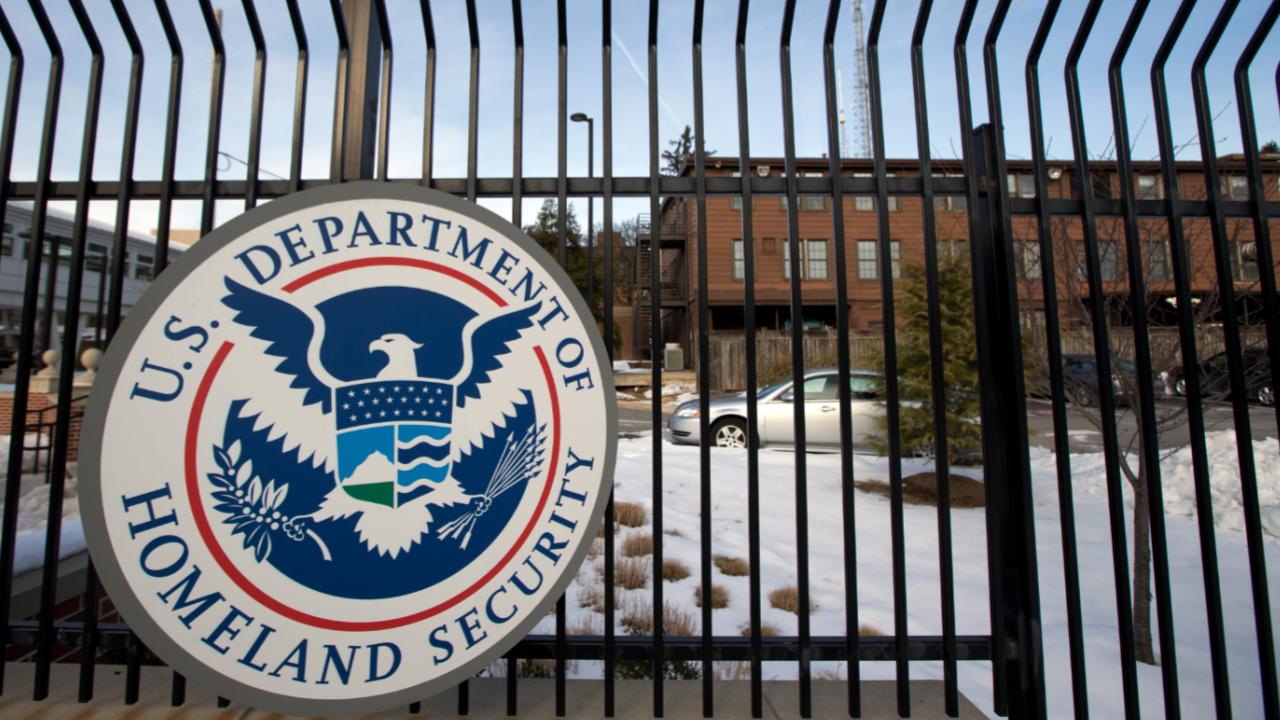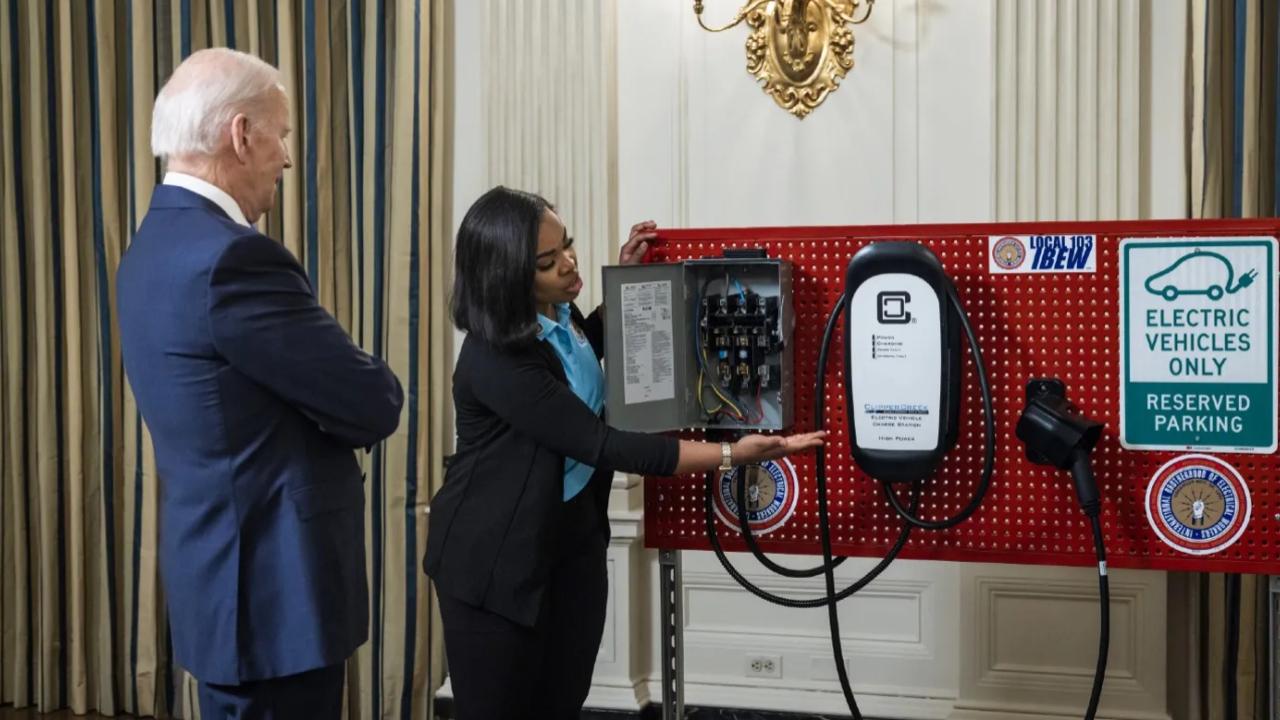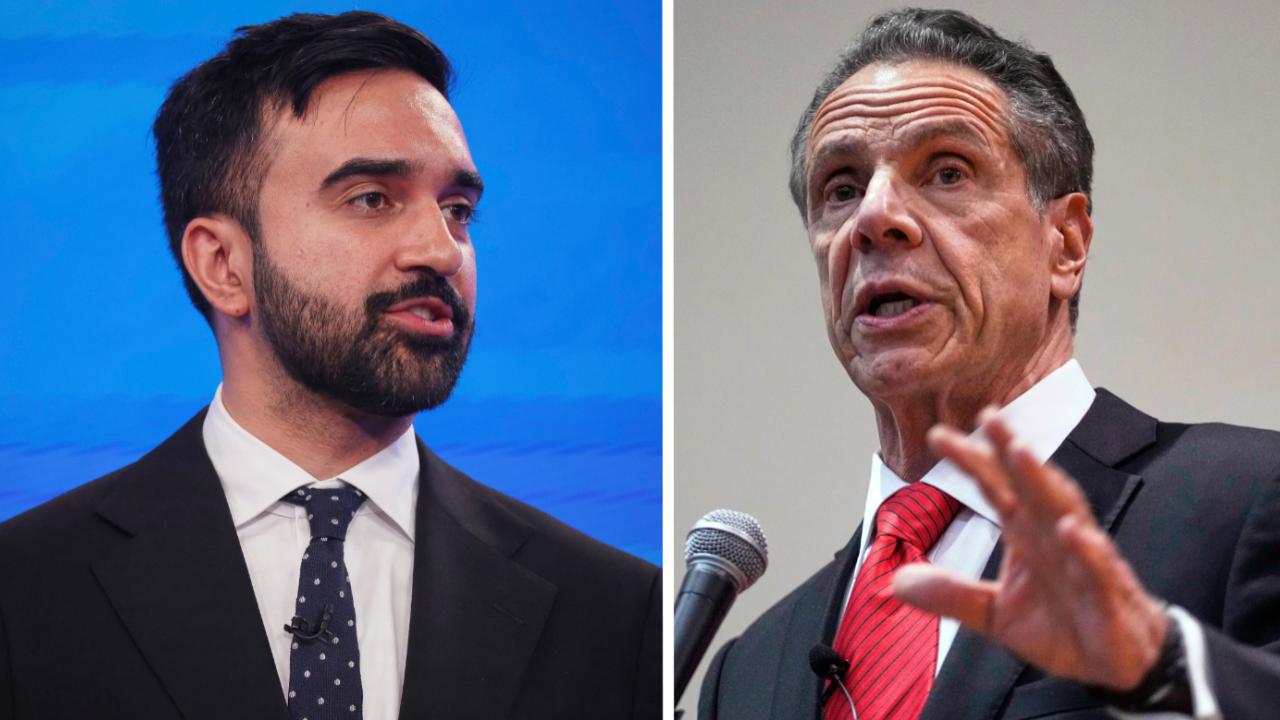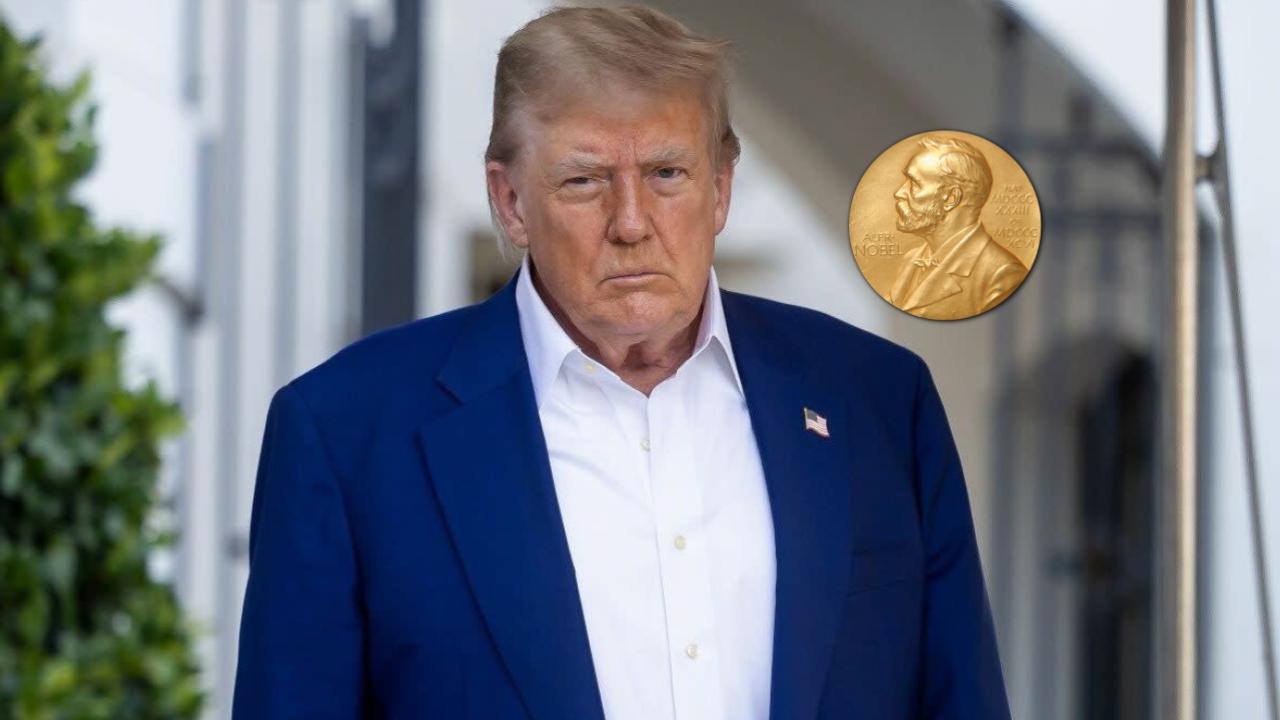Fake tariff notices are the newest phishing trick sweeping across the U.S., catching online shoppers off guard and draining their wallets. Whether it’s a surprise email about customs fees or a sudden text saying your package is held at the border, scammers are making bank on confusion around international shipping rules and import tariffs.
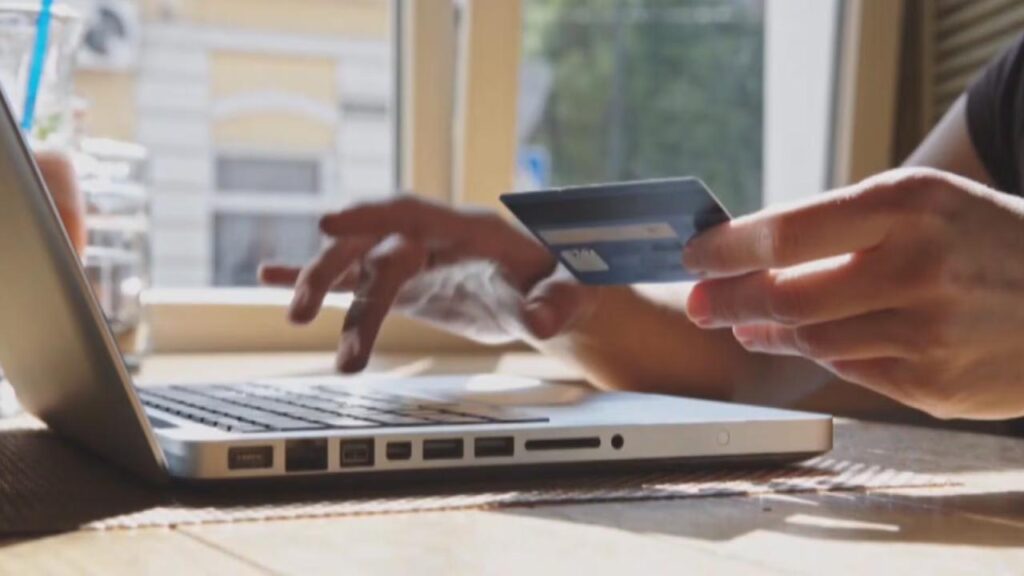
Fake Tariff Notices Are the Newest Scam
| Insight | Stat |
|---|---|
| Online shoppers increasingly targeted with fake tariff demands | Over 300 scam domains launched in 2025 |
| Older Americans hit hardest | $1.6 billion lost to scams in 2023 |
| Average loss per victim in fake import scams | Several hundred to thousands of dollars |
Fake tariff notices are a low-effort, high-reward scam. And in today’s climate of trade news and global shipping, the timing couldn’t be better—for the criminals. Stay skeptical. If a surprise fee shows up out of nowhere, especially after you’ve already paid for your order, treat it like a red flag.
It Starts With a Package That Never Arrives
You order something online—maybe from a small business, maybe from an Instagram ad. A few days later, you get a message saying your package is delayed or being held until you pay an additional tariff. It sounds serious, even official.
The message includes a payment link. You click it, pay the fee, and wait. But nothing comes. If you’re lucky, that’s where it ends. If not, scammers follow up with more urgent notices and bogus threats, bleeding you for even more.
A Perfect Storm for Scammers
With actual tariff policy changes making headlines, and international shipping more common than ever, scammers are thriving in the confusion.
Steve Weisman, fraud expert at scamicide.com, says his team has tracked over 300 scam domains using the word “tariff” just this year. “Scammers are good at sounding official, especially when they sense a widespread misunderstanding they can exploit,” Weisman explains.
Meanwhile, the Better Business Bureau and FBI say the messages often mimic those from FedEx, UPS, or customs authorities, using logos and formatting that look legit.
“A real tariff bill would never come as a surprise text or email,” says Bernas of the Chicago BBB. “If you already paid for your product, you’re not going to owe surprise fees.”
Why Older Adults Are Prime Targets
According to the FTC, Americans over age 60 lost more than $1.6 billion to scams in 2023—often because scammers prey on unfamiliarity with online shopping and import logistics.
Bernas warns that older consumers might feel pressured to act quickly when they get urgent messages about “customs holds” or “border seizures.”
And it’s not just in the U.S.—a recent scam in India saw a man tricked into paying ₹132,500 for a fake customs clearance related to a friend’s shipment.
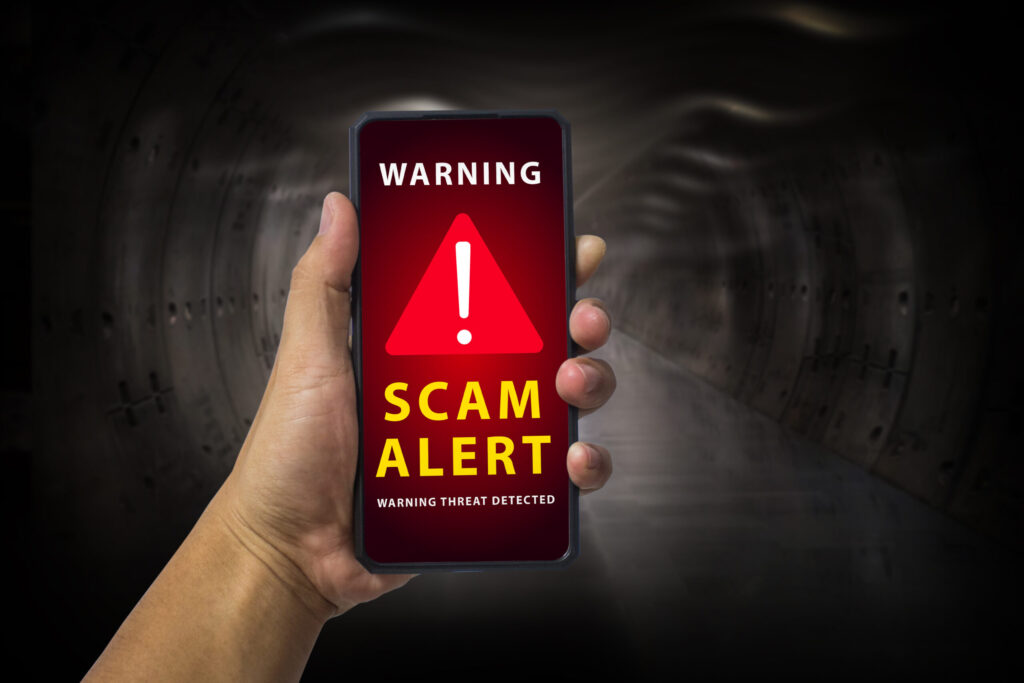
How to Spot a Fake Tariff Scam
Knowing what to look for can help you avoid getting duped. Here are the red flags:
- Unexpected fees after purchase? That’s a big no.
- Sender address doesn’t end in .gov or isn’t the actual seller’s domain.
- Urgent tone with payment links—especially those demanding fast action.
- No order number or vague package details.
- Fake tracking pages that don’t match the retailer you used.
What You Should Do Instead
If you get one of these messages:
- Don’t pay. Contact the seller or courier directly using their official website.
- Report it to the FTC, BBB, or FBI Internet Crime Complaint Center (IC3).
- Dispute the charge with your credit card issuer if you’ve already paid.
- Share it. Warn friends and family, especially older relatives.
FAQs
How can I tell if a tariff notice is fake?
Real customs or import fees are handled by the importer—usually the retailer—not the buyer. If it comes via text or email after purchase, it’s likely a scam.
What should I do if I fall for a fake tariff scam?
Report it to the FTC, dispute any charges with your bank, and monitor your accounts for suspicious activity.


